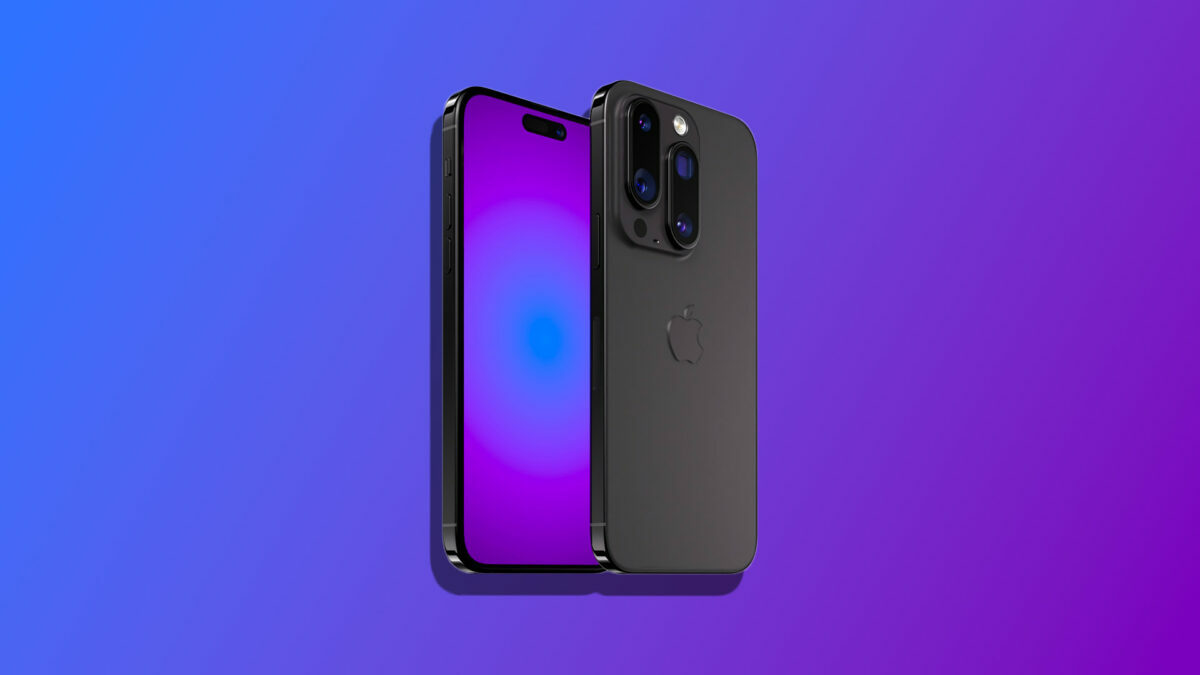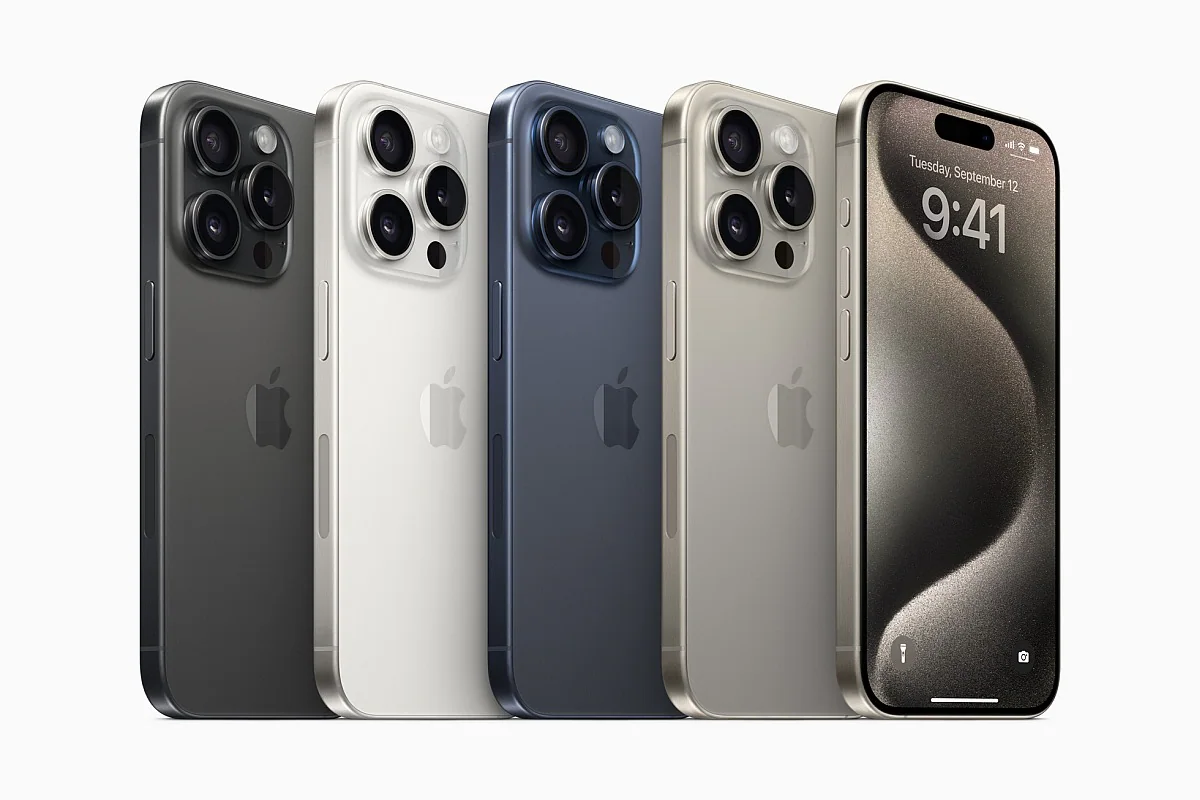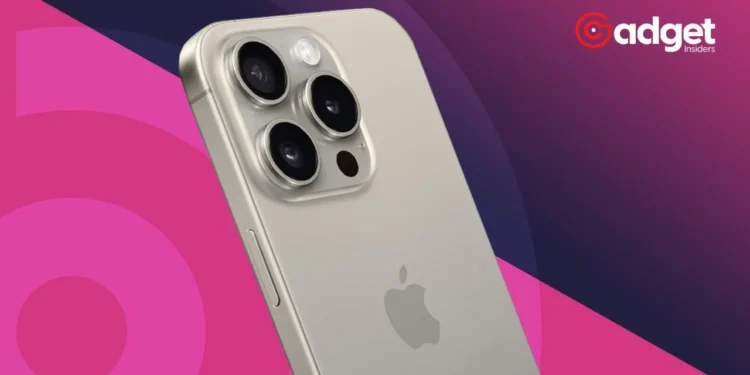In the fast-evolving world of smartphones, Apple has consistently set benchmarks for innovation and design. With the anticipation for the iPhone 16 series reaching its zenith, whispers about its successor, the Apple iPhone 17, have already begun stirring the pot of tech enthusiasts and industry insiders alike.
Rumored to boast a groundbreaking “super-hard anti-reflective layer,” the Apple iPhone 17 could set new standards in durability and visual clarity, surpassing even the much-acclaimed Ceramic Shield of its predecessors.

A Glimpse into the Future: Apple iPhone 17’s Advanced Coating
The buzz around the Apple iPhone 17 emanates from a leak by Instant Digital on Weibo, revealing that the next-gen iPhone might feature an outer glass with unprecedented scratch resistance, a step above the current Ceramic Display cover glass.
This revelation, courtesy of MacRumors, has sparked excitement about the potential leap in durability this technology promises. The new material, already in the grasp of China’s supply chain, unfortunately, won’t grace the iPhone 16 series, leaving us eagerly awaiting its debut in the next iteration.
Since the introduction of Ceramic Shield with the iPhone 12 in 2020, Apple has been at the forefront of combining aesthetics with resilience. The Ceramic Shield, developed in collaboration with Corning, was touted to offer quadruple drop protection compared to its predecessors.
It represented a significant leap in smartphone durability, incorporating a novel high-temperature crystallization step that embeds nano-ceramic crystals within the glass matrix. Apple’s assertion that the Ceramic Shield front cover is “tougher than any other smartphone glass” has been a testament to its commitment to pushing the boundaries of technology and design.
Rumoured iPhone 17 display changes:
• Anti-Reflective Display
• More Durability
• Anti-Scratch DisplayAdditionally, it will include an "ultra-hard anti-reflective layer" for improved visibility. pic.twitter.com/J4W1M7MggN
— Apple Ascent (@appleascent) March 19, 2024
Beyond Scratch Resistance: A Broader Horizon
The pursuit of enhanced scratch resistance isn’t the sole arena where Apple aims to redefine excellence. The tech giant’s collaboration with Corning on the Ceramic Shield underscores a shared vision of innovation—a vision that Corning has extended to Samsung’s Galaxy S24 with the Gorilla Glass Armor.
This new glass variant boasts a 75% reduction in reflectiveness under various lighting conditions and exhibits a resistance to micro-scratches four times higher than that of its competitors.
Moreover, Apple’s exploratory ventures into AI collaborations, specifically with Google’s Gemini AI for the iPhone, signal a broadening horizon beyond hardware advancements. While the much-anticipated Apple Car may not hit the roads just yet, rumors of a foldable iPhone by 2026 highlight Apple’s ongoing experiments with form factors, including 6-inch and 8-inch prototypes.

Concluding Thoughts: The Future Is Bright and Resilient
As we stand on the cusp of witnessing the launch of the iPhone 16 series, the rumors surrounding the Apple iPhone 17 serve as a vivid reminder of Apple’s unyielding pursuit of innovation. The potential introduction of a “super-hard anti-reflective layer” not only promises a significant leap in scratch resistance but also sets a new benchmark for the smartphone industry at large.
Apple’s continual efforts to blend aesthetics with durability, alongside its explorations into AI and foldable technology, underscore a commitment to not just lead but redefine the standards of technological excellence.
In the realm of technology, where evolution is relentless, Apple’s endeavors reflect a vision that is not just about meeting the current demands but anticipating the future.
The Apple iPhone 17, with its rumored advancements, stands as a testament to this forward-thinking approach, promising a future where our devices are not only smarter and more versatile but also more durable and reflective of our needs.
As we edge closer to these technological milestones, one thing remains clear: the future of smartphones is not just about connectivity; it’s about resilience, innovation, and an ever-expanding horizon of possibilities.










